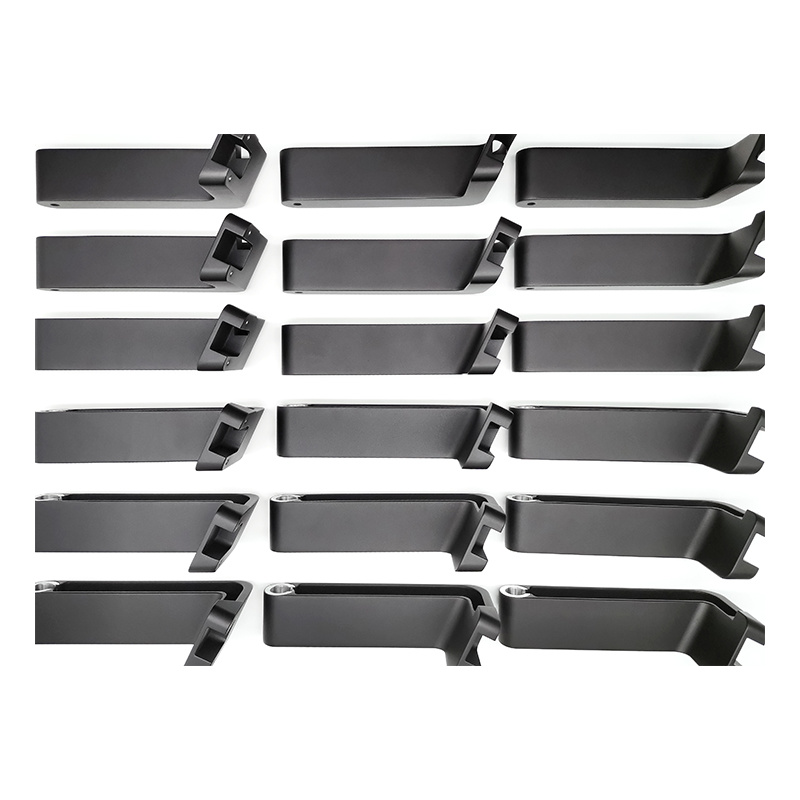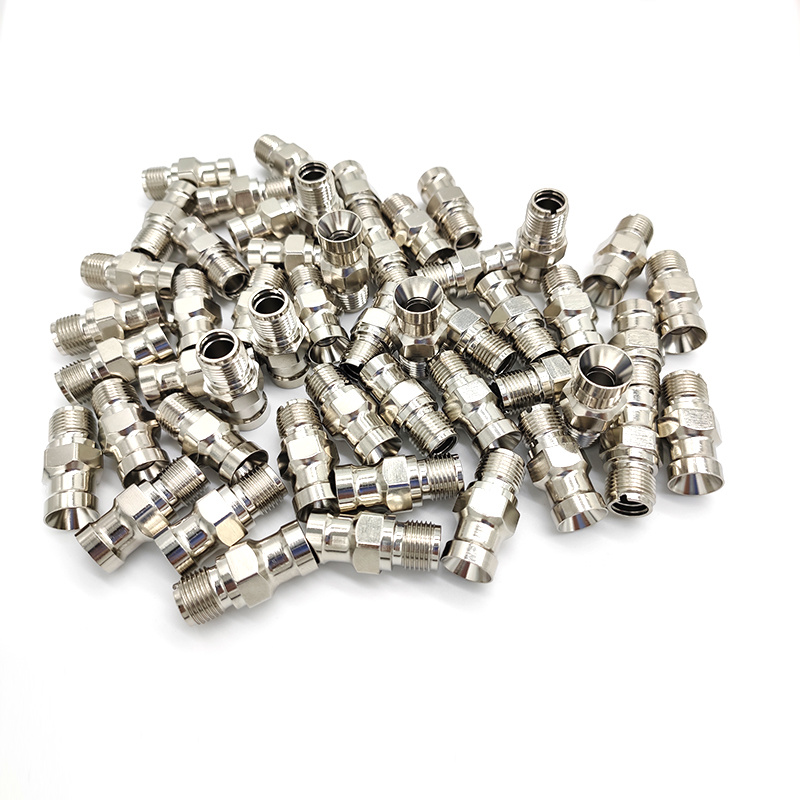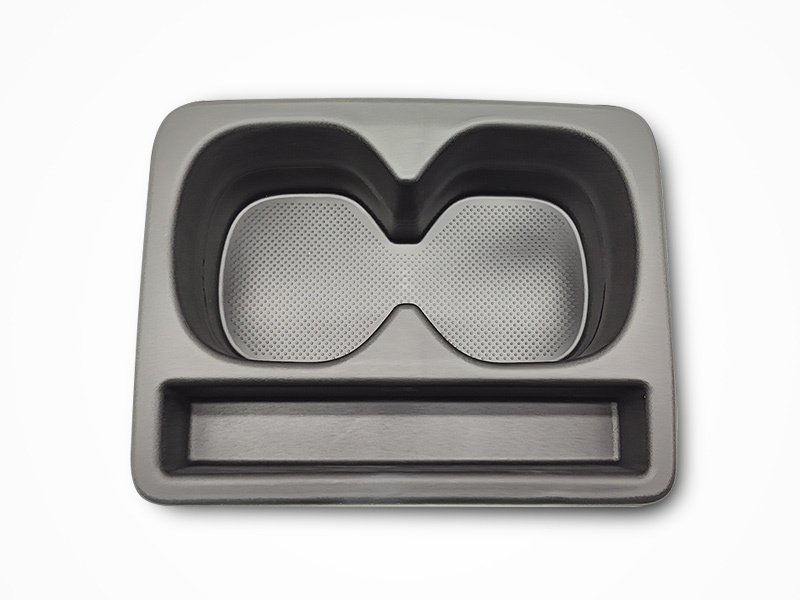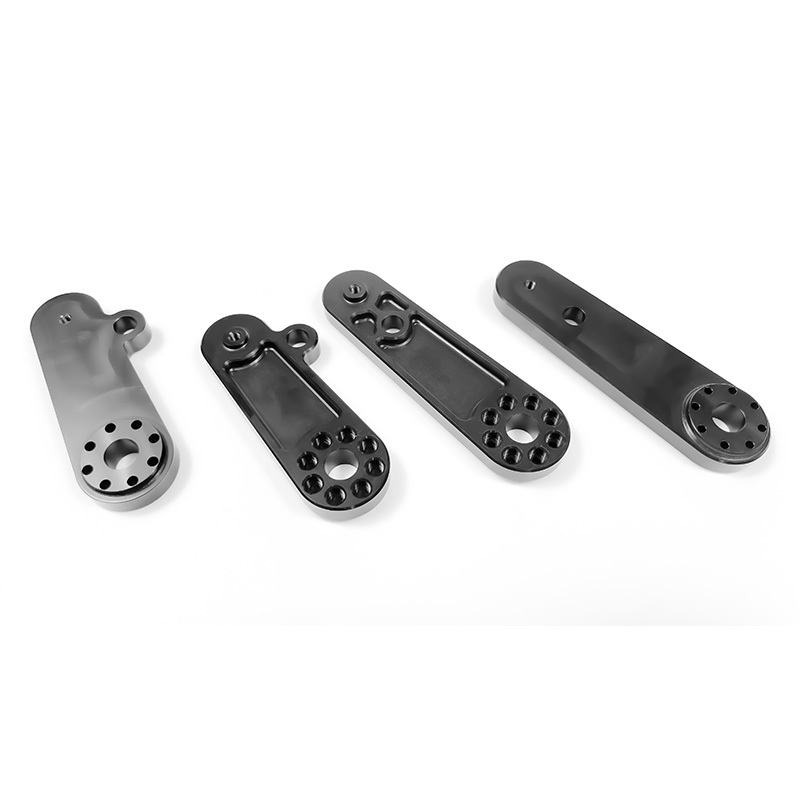How to Effectively Optimize Costs in Plastic Injection Molding
Time:
2025-06-10 09:00
Source:
How to Effectively Optimize Costs in Plastic Injection Molding
Table of Contents
- Introduction to Cost Optimization in Plastic Injection Molding
- Understanding the Plastic Injection Molding Process
- Strategic Material Selection for Cost Savings
- Enhancing Process Efficiency: Best Practices
- Tooling Considerations: Balancing Quality and Cost
- The Role of Automation in Cost Optimization
- Incorporating Sustainability Practices to Reduce Costs
- Case Studies: Successful Cost Optimization Strategies
- Frequently Asked Questions
- Conclusion: Strategic Cost Optimization in Injection Molding
Introduction to Cost Optimization in Plastic Injection Molding
In the competitive landscape of manufacturing, **cost optimization** in plastic injection molding stands as a pivotal concern for businesses aiming to enhance their profitability while ensuring product quality. The efficiency of the injection molding process directly impacts cost structures, and small adjustments can lead to significant savings. This article provides a detailed exploration of strategies and methodologies that can be employed to optimize costs effectively.
Understanding the Plastic Injection Molding Process
Before diving into cost optimization techniques, it is essential to comprehend the fundamental aspects of the **plastic injection molding process**. This process involves injecting molten plastic into a mold, where it cools and solidifies to form a specific shape. The key stages include:
1. Material Preparation
The selection of the appropriate plastic resin is critical. The choice of material affects not only the final product's quality but also the overall cost.
2. Injection Phase
During this phase, the prepared plastic materials are heated and injected into the mold. Factors like injection speed and pressure can influence cycle times and energy consumption.
3. Cooling and Solidification
The cooling phase dictates how quickly the molded part can be removed from the mold. Efficient cooling systems can drastically reduce cycle times, impacting overall productivity.
4. Ejection
Finally, after sufficient cooling, the molded part is ejected from the mold. The design of the ejection mechanism can affect the speed and ease of this process.
Understanding these phases allows manufacturers to identify opportunities for cost optimization throughout the production cycle.
Strategic Material Selection for Cost Savings
Material costs often represent a significant portion of the overall expenses in plastic injection molding. Therefore, selecting the right materials is vital for optimizing costs. Here are several strategies to consider:
1. Evaluate Different Plastic Resins
Different types of plastics have varying costs and properties. For example, while **ABS** is popular for its strength and durability, alternatives like **polypropylene** or **polyethylene** might offer lower costs with adequate performance for specific applications.
2. Consider Recycled Materials
Using recycled plastics can drastically reduce material costs. Many manufacturers are now incorporating recycled materials without compromising the quality of the final product.
3. Balance Quality and Cost
While it may be tempting to choose the cheapest materials, balancing quality and cost is crucial. Poor-quality materials can lead to higher rejection rates and increased production costs in the long run.
Enhancing Process Efficiency: Best Practices
Improving process efficiency is one of the most effective strategies for reducing costs in plastic injection molding. Implementing the following best practices can yield significant benefits:
1. Optimize Cycle Times
Cycle time has a direct impact on production throughput. Analyzing and optimizing each stage of the process can lead to reduced cycle times, increasing production efficiency.
2. Regular Machine Maintenance
Routine maintenance of injection molding machines ensures consistent performance and minimizes downtime, ultimately contributing to cost savings.
3. Utilize Simulation Technology
Simulation software can help in analyzing the injection molding process before production begins. By identifying potential issues and optimizing parameters, manufacturers can reduce waste and inefficiencies.
Tooling Considerations: Balancing Quality and Cost
Tooling is a crucial aspect of the injection molding process that can significantly influence production costs. Here are several considerations for optimizing tooling expenses:
1. Design for Manufacturability
Incorporating design for manufacturability (DFM) principles can lead to simpler mold designs that reduce tooling costs and enhance production efficiency.
2. Invest in Quality Tools
While high-quality tooling may require a larger upfront investment, it can lead to lower maintenance costs and longer tool life, providing overall savings in the long run.
3. Modify Existing Tools
Rather than investing in new molds for every project, consider modifying existing tools to accommodate new designs. This approach can minimize costs and expedite the production process.
The Role of Automation in Cost Optimization
The integration of automation in plastic injection molding processes can provide significant cost benefits. Here’s how automation contributes to cost optimization:
1. Increased Throughput
Automated systems can operate continuously, increasing production rates while minimizing labor costs. This can lead to higher output without sacrificing quality.
2. Consistent Quality
Automation reduces the risk of human error, ensuring consistent quality across production runs. This consistency minimizes waste and rework, further reducing costs.
3. Data-Driven Decisions
Automation systems often come with data analysis capabilities, allowing manufacturers to monitor performance in real-time. This data can be used to make informed decisions that enhance efficiency and reduce costs.
Incorporating Sustainability Practices to Reduce Costs
Embracing sustainability not only benefits the environment but can also lead to cost savings. Here are several sustainable practices to consider:
1. Energy Efficiency
Investing in energy-efficient machines and processes can significantly reduce operational costs. Utilizing renewable energy sources can further lower energy expenses.
2. Waste Reduction
Implementing processes that reduce material waste minimizes costs associated with scrap materials and disposal. Recycling and reusing materials within the production process is a smart move.
3. Sustainable Sourcing
Choosing suppliers who prioritize sustainable practices can lead to long-term partnerships that yield competitive pricing and improved supply chain reliability.
Case Studies: Successful Cost Optimization Strategies
Examining successful implementations of cost optimization strategies can provide valuable insights. Here are a couple of notable case studies:
1. Case Study: Automotive Parts Manufacturer
An automotive parts manufacturer reduced costs by 25% by switching to a different resin and optimizing cycle times. This involved detailed analysis and simulation that identified potential bottlenecks in the production process.
2. Case Study: Consumer Goods Company
A consumer goods company adopted automation in their injection molding operations, leading to a 40% increase in productivity. The investment in automated systems paid off within the first year, showcasing the immense potential of technological integration.
Frequently Asked Questions
1. What are the main factors affecting costs in plastic injection molding?
Factors include material selection, machine efficiency, cycle time, and tooling quality.
2. How can I reduce cycle times in injection molding?
By optimizing machine settings, maintaining equipment, and using simulation technologies.
3. Is it worth investing in automation for small-scale operations?
Yes, even small-scale operations can benefit from automation by increasing throughput and reducing labor costs.
4. Can recycled materials be used in injection molding?
Absolutely, recycled materials can provide cost savings and meet quality standards.
5. What role does design play in cost optimization?
Effective design can simplify the manufacturing process, reduce tooling costs, and enhance the overall efficiency of production.
Conclusion: Strategic Cost Optimization in Injection Molding
Optimizing costs in plastic injection molding is not just a necessity; it is a continual process that demands strategic planning and implementation. By understanding the intricacies of the injection molding process, carefully selecting materials, enhancing operational efficiency, and embracing automation, companies can significantly reduce costs while maintaining quality.
Investing in these strategies allows manufacturers to remain competitive in a rapidly evolving market. As industry demands fluctuate, continuous improvement and adaptation become key drivers for success in cost optimization. Implementing the right practices today lays the foundation for a more efficient, profitable, and sustainable future in plastic injection molding.
plastic injection price
Previous Page
Previous Page
Related news
2024-11-15








